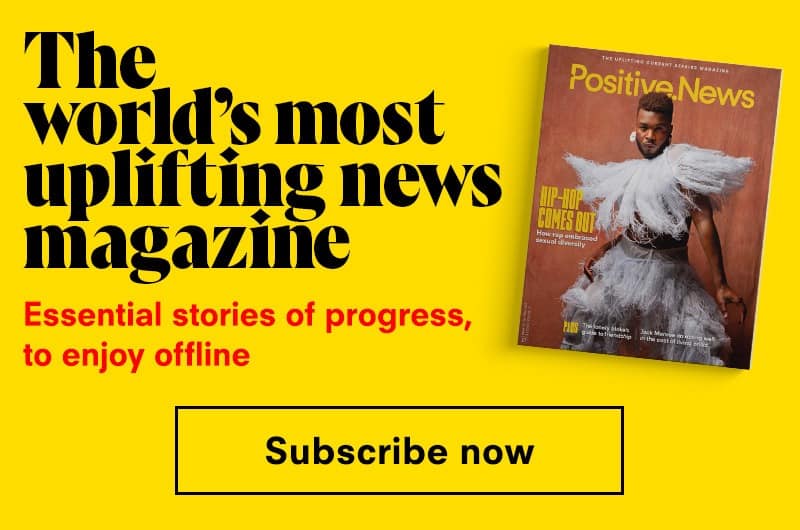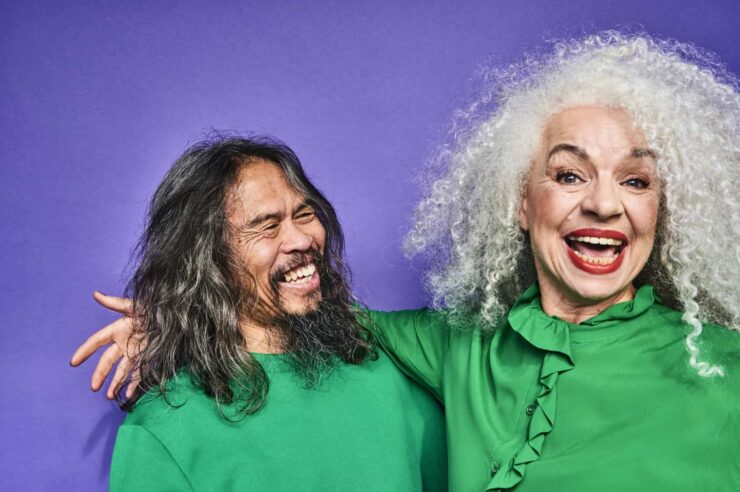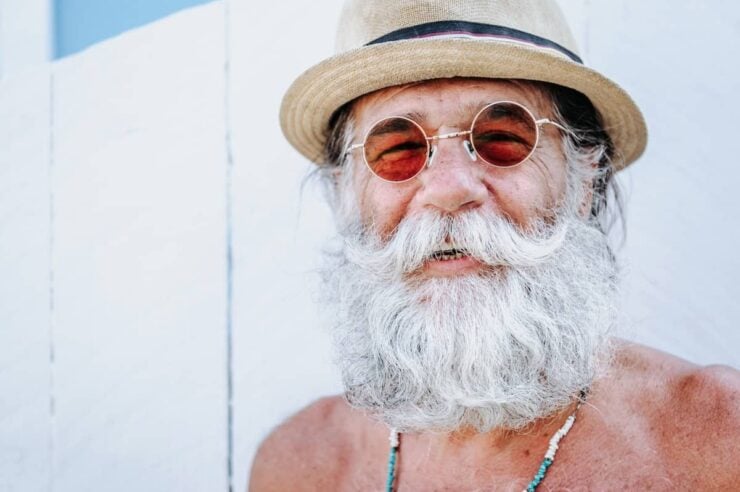What is love? In this intimate series of photos, we see the huge complexity and beautiful simplicity of love in the 21st century
What is love? It’s an age-old question that most of us have asked ourselves at some point, and one that feels more timely, perhaps, around Valentine’s Day.
Newlywed photographers Andela and Davor Rostuhar were were so fascinated by the subject that they set out to find the meaning of love on their year-long honeymoon spanning six continents and 30 countries.
The pair travelled from the depths of the Amazon to ultra-conservative Saudi Arabia, via India, Namibia and Japan, to shine a light on the huge complexity of love in the 21st century.
The intimate series of photographs below (which form part of a book and documentary on the subject) are the result of their research. Most of the stories behind them do not fit in with conventional narratives around love. Some couples operate within the strict constraints of cultures, others are not couples at all, but trios trying to navigate a love triangle.
What is love? A contradiction, ultimately. Hard to define, but unequivocal. Maddeningly complex, yet beautifully simple. And it belongs to nobody and everybody. This is love in the 21st century. The same as it has always been.
In pictures: Love around the world
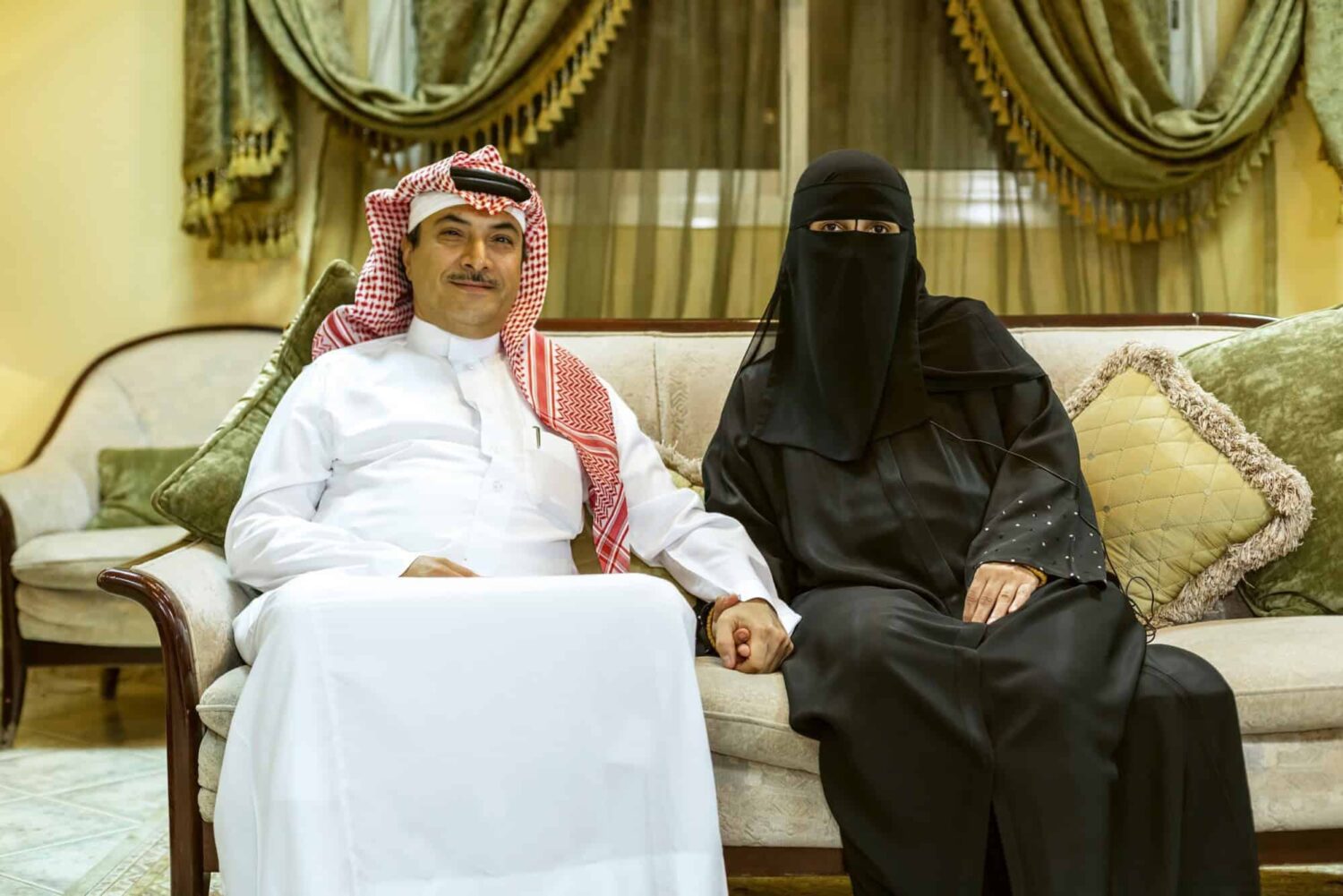
Fahad and Tamadur, Saudi Arabia
Fahad and Tamadur from Saudi Arabia say they only recently began talking about emotions, when their country began to open slowly toward the rest of the world.
“Our parents weren’t educated, they taught us nothing about emotions. We grew up without ever knowing the word ‘love’,” says Fahad. “The times are changing now. And that’s as it should be. Our children are already living a modern life, and we, too, are changing.”
Women are no longer required to wear a niqab in Saudi Arabia, but Tamadur decided she would continue with that tradition and she is grateful to Fahad for respecting her decision. “Love is respect. Without respect there can be no love,” says Tamadur.
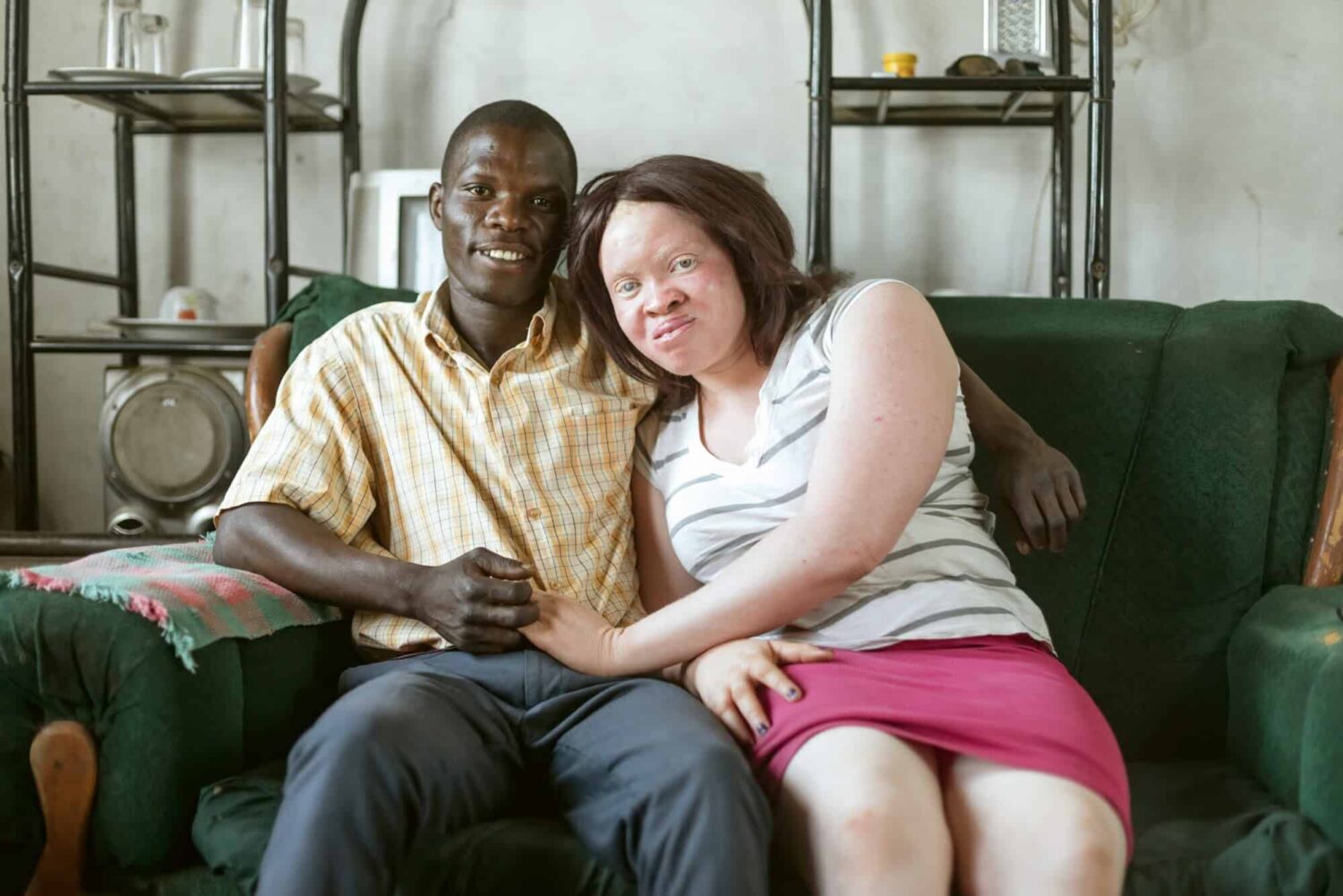
Matthew and Naomi, Zambia
Matthew and Naomi from Zambia say they fell in love at first sight, though at first Naomi was a little suspicious. “My mother taught me my whole life to be aware of people because all they want is to use me,” says Naomi.
Beyond the fact of marginalisation of people with albinism in many African societies, their lives are also threatened because
of the widespread belief that certain of their body parts can be used to treat serious illness or bring wealth into a household when used with black magic.
“I gave him my trust and he has not betrayed me,” says Naomi of Matthew. “Trust is the most important thing in every marriage.”
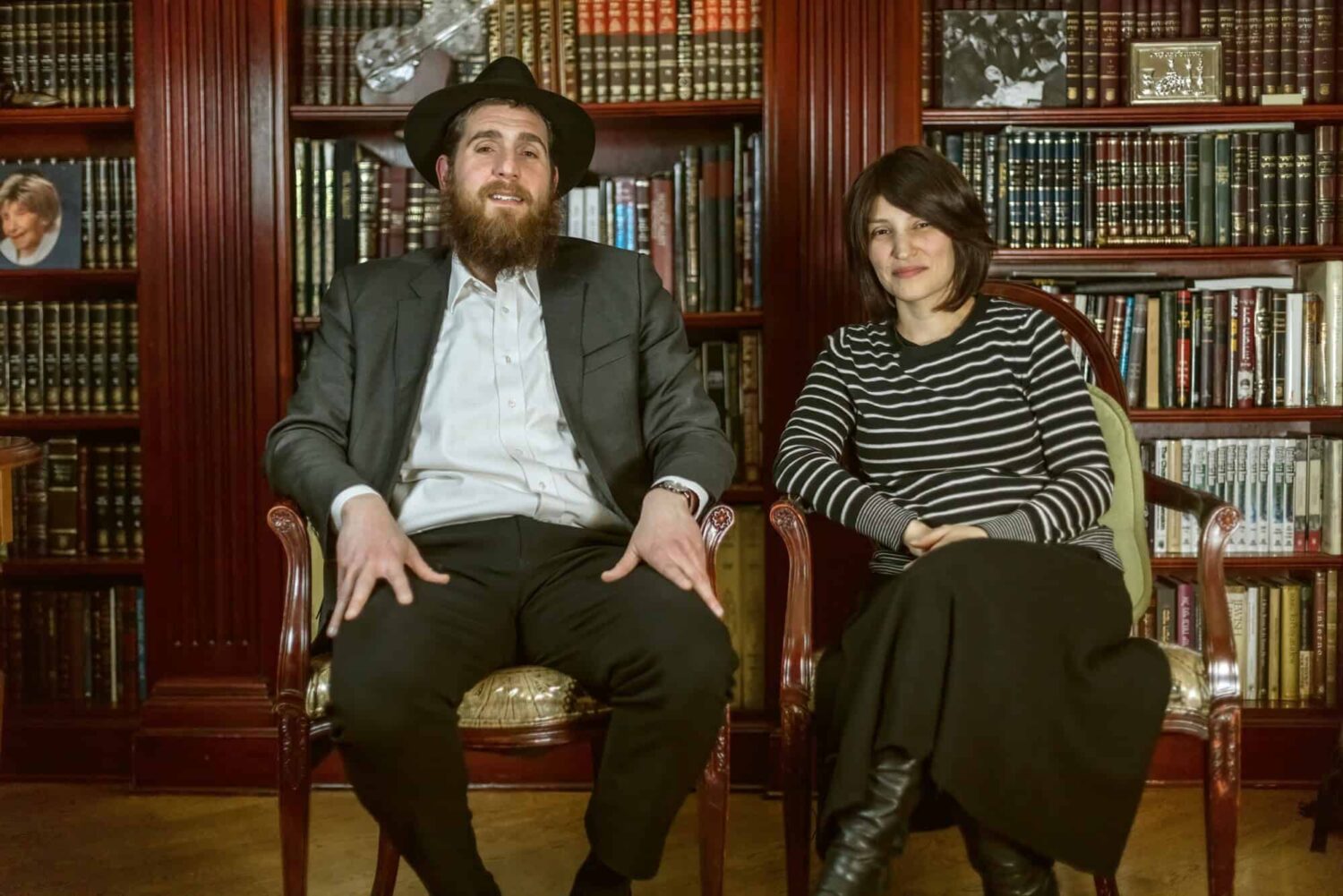
Yoni and Rivky, US
Yoni and Rivky belong to a community of Orthodox Hassidic Jews who practise arranged marriage.
“Love is a modern fabrication of the media and Hollywood that teaches you that you always need something, and that love is everything you need,” says Yoni. “In American culture, people honour love, love sells products, and culture teaches you that you need all of it.
“But in essence, people don’t need anything. In our community, we don’t marry out of love, but because we need one another. Love comes later. I need you. I don’t need something from you, I need you. What does love have to do with that?”
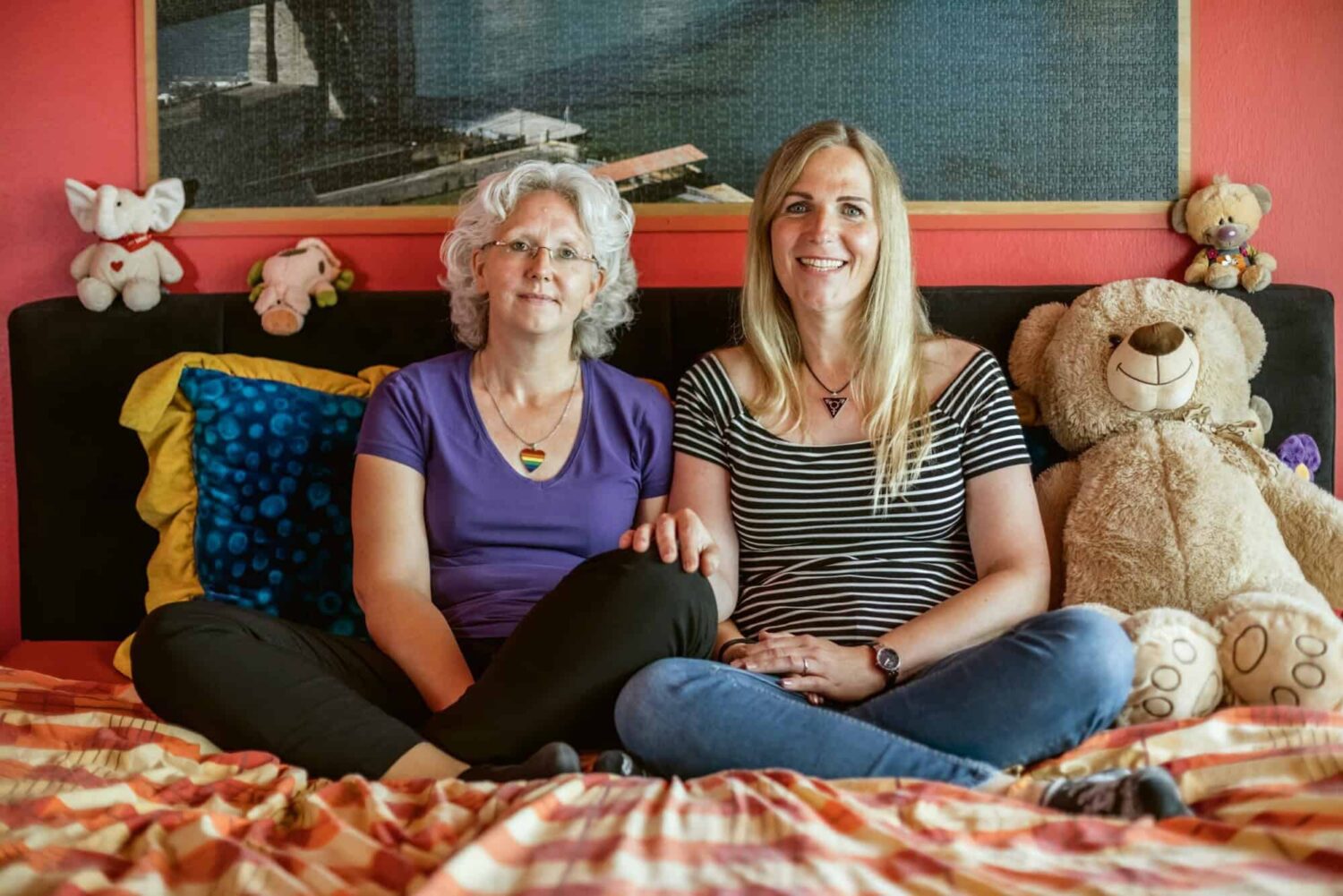
Sandra and Patricia, Germany
Sandra and Patricia began their relationship at school. For the first 20 years they lived as man and wife. “I hid my true nature out of fear that I might lose her,” says Patricia. “But I couldn’t stand it any longer – I had to admit it to her.”
Bookkeeper Sandra was suddenly faced with two major changes: that her spouse would have all her sexual organs surgically altered, and that she would be in a lesbian relationship.
Her first response was: “If you were hoping to get rid of me, you’ll have to come up with a better excuse!” Today she says: “If you truly love a person, what’s on the outside doesn’t matter. Love conquers all.”
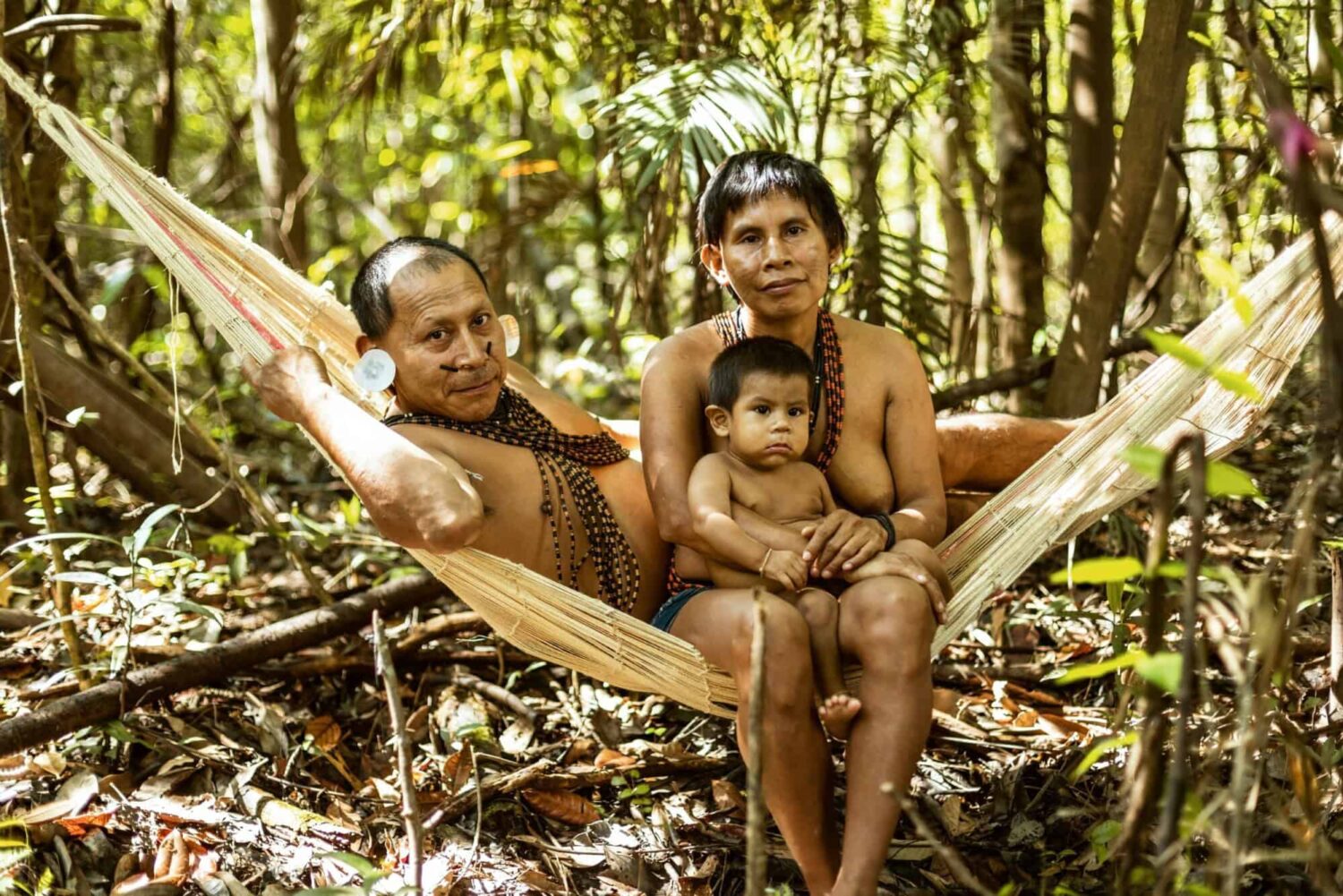
Make and Dani, the Amazon
Make and Dani are members of a small tribe called the Matis, who live in the remote Yavari valley in the Amazon. The Matis encountered white people for the first time 40 years ago. They are hunter gatherers, moving through the jungle in small groups to catch monkeys with their blowguns. Their society is egalitarian – there is no leader, and the men and women are on an equal footing.
Make says: “When I was with her for the first time, I liked her so much that I couldn’t sleep that whole night, all I could think about was how to be with her again and I was afraid of her rejecting me. She was so beautiful that I wanted to convince her to be with me, no matter what!”
Dani says: “At first, I didn’t like him too much, he had to ask me to be with him many times, but in the end I agreed. Ever since, I’m crazy about him. He is my first man and I don’t want anyone but him. He is a good hunter and he always brings me the finest meat. In our tribe, all the men are good hunters, but mine is the best. And he is best at fishing. So, I never have to worry about having enough to eat. When I want to show him I like him, I make him necklaces and bracelets out of monkey teeth, so he can be handsome and everyone can see he has a good wife.”
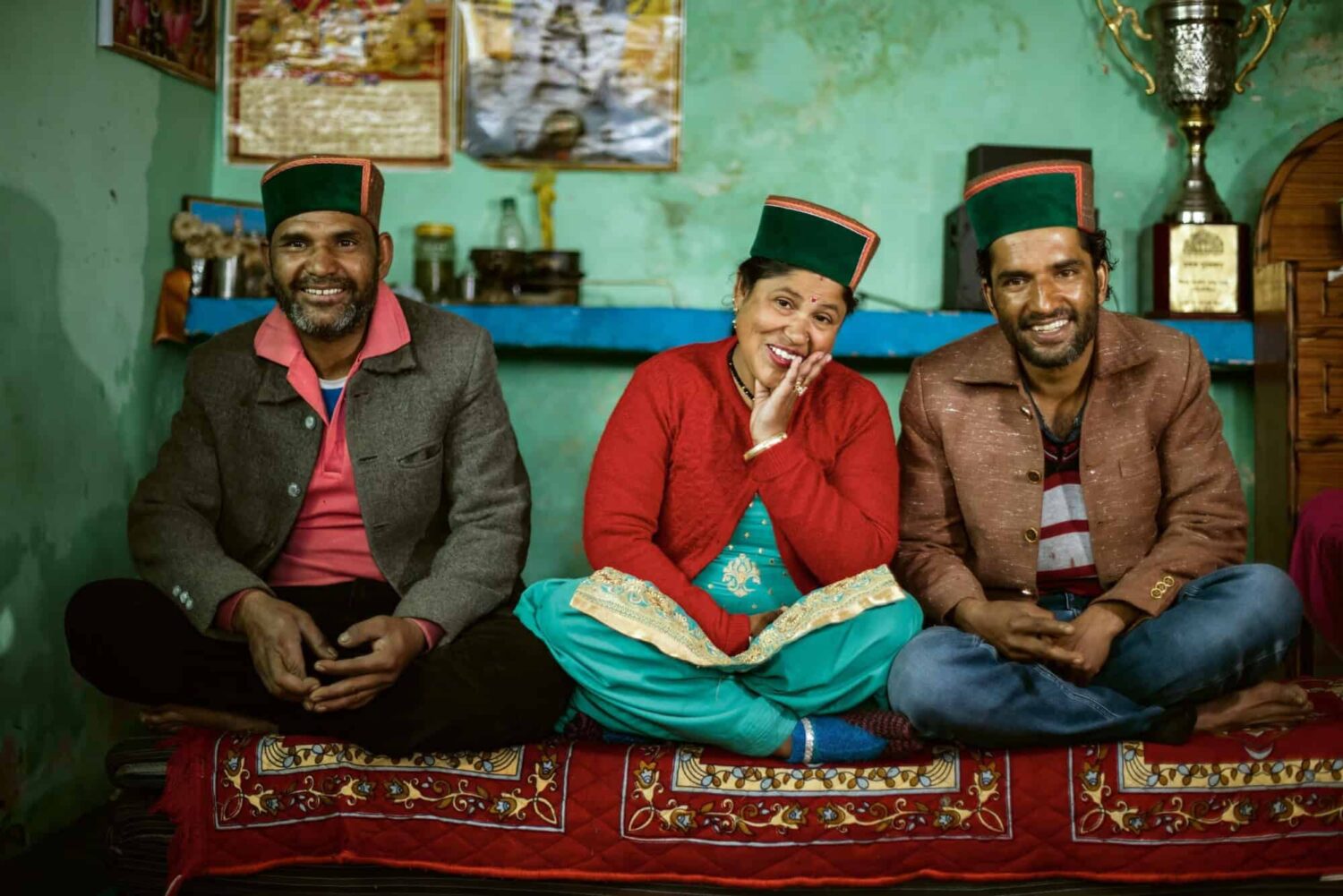
Jitendra, Rattna and Sadnam, India
Jitendra, Rattna and Sadnam from India live in the remote Kinnaur valley in the Himalayas, one of the last places in the world where polyandry, the custom of a woman taking several husbands, is still practised.
Historically, polyandry was practised in fewer than 1 per cent of the cultures of the world, while polygyny, the custom of a man having several wives, could be found in more than 85 per cent of world cultures. In Kinnaur they practise fraternal polyandry, meaning that a woman marries two or more brothers from the same family.
“I spend half my time with one husband and the other half with the other, and I love them equally,” says Rattna. “Our children call one father ‘older father’, and the other ‘younger father’.
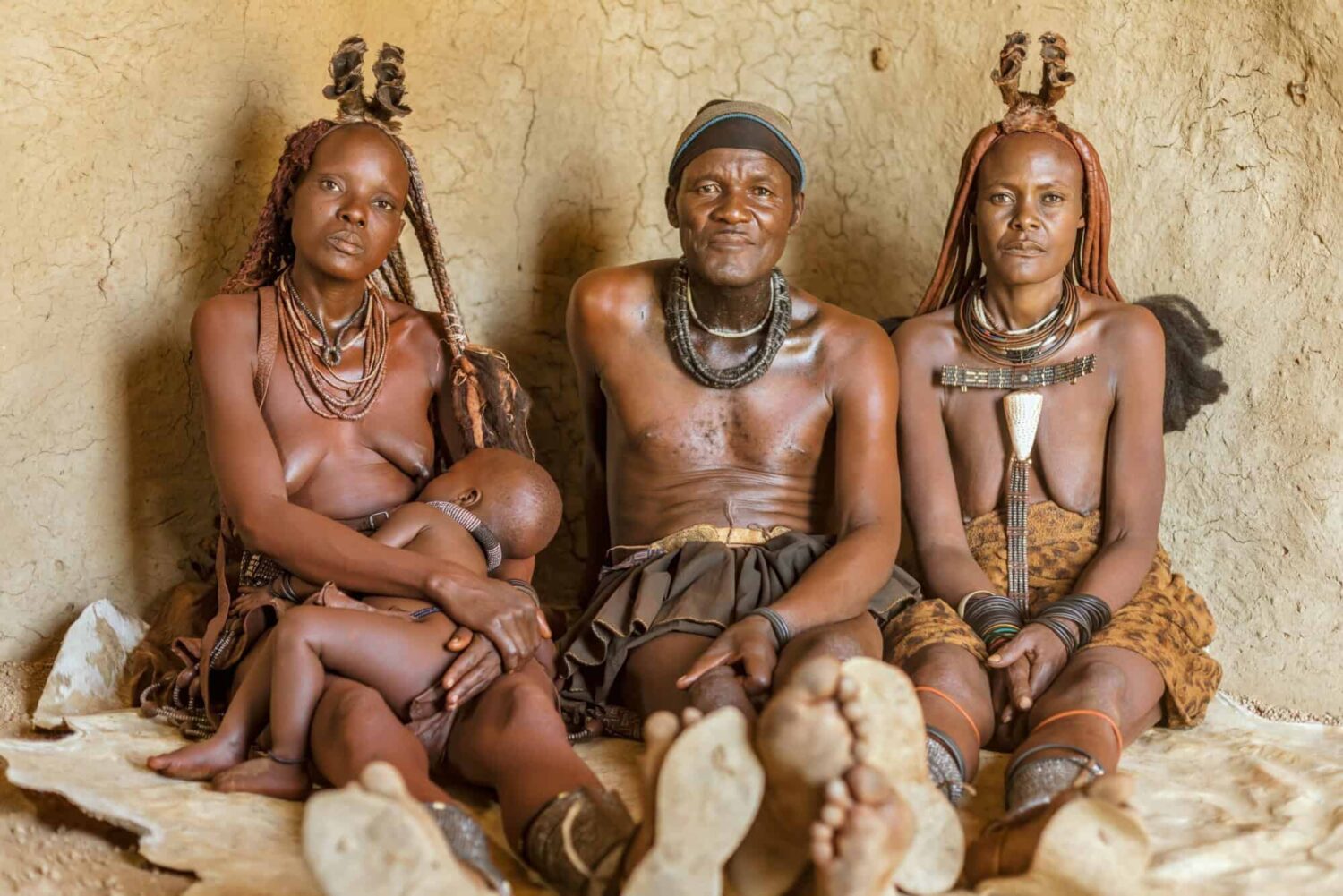
Uatongota, Kauarende and Uazeupara, Namibia
Uatongota, Kauarende and Uazeupara from Namibia are members of the Himba people, who live from livestock husbandry and allow polygyny.
“Why do I have two wives? Because with only one I would be very lonely. When one of them leaves the village to visit her parents, for instance, how can I then take care of the children and the animals on my own? I would have to go to the well for water for them, to cook for them … That is very difficult. That is why one needs to have two wives!” he explains. “Love is complicated. But this is the first thing between people. It is what keeps them together.”
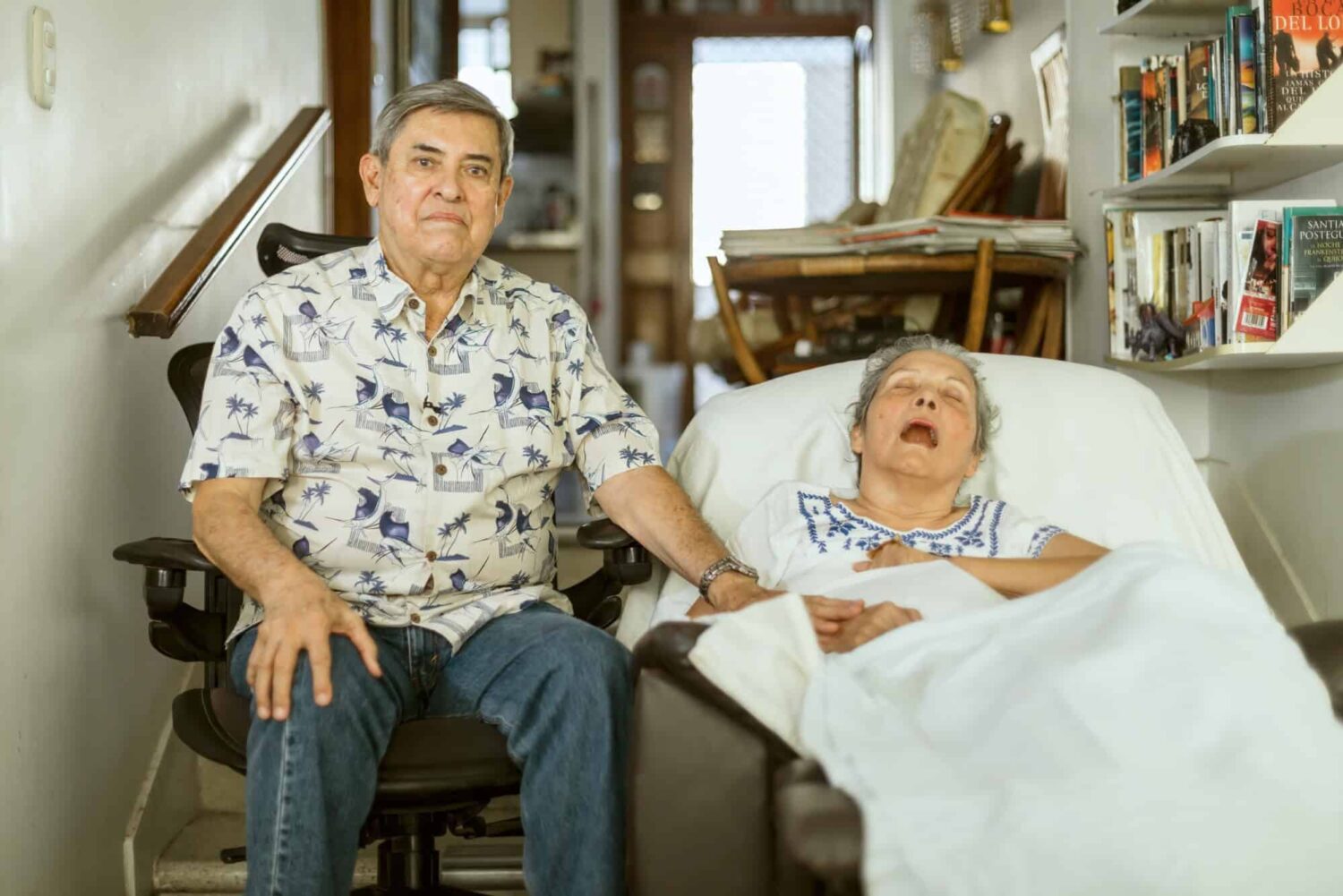
Jorge and Amalia, Colombia
Jorge and Amalia have been married for more than half a century. Fourteen years ago, she was diagnosed with a serious form of progressive dementia.
“Whoever knew Amalia before she got sick was completely enchanted by her personality,” says Jorge. “She entranced people with the power of her spirit and goodness. She even accepted the horrible diagnosis bravely and calmly. My feeling of love for her is constant and unwavering. “She fulfils my life. Just the fact that I can be next to her, as I am now, makes me absolutely happy.”
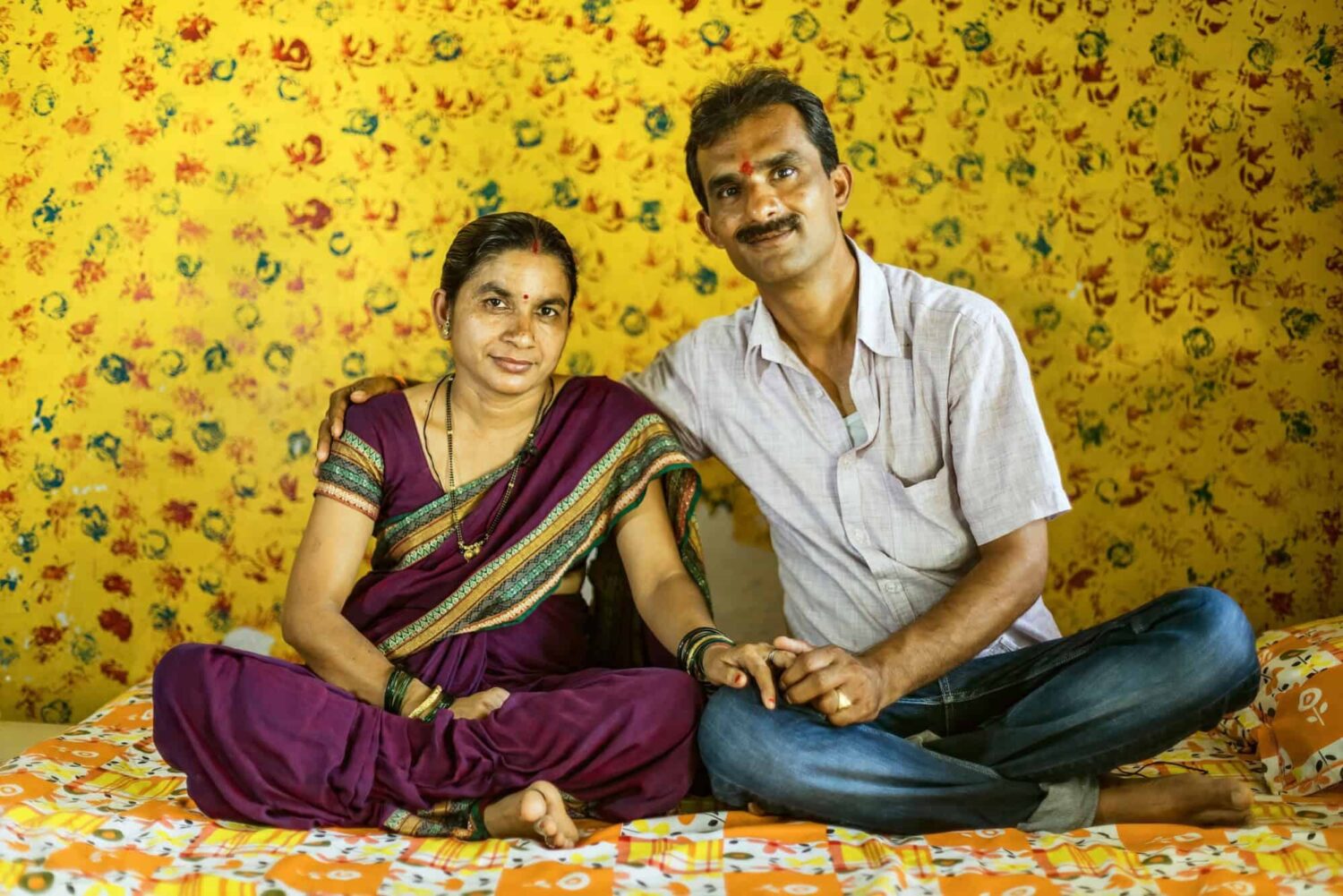
Pooja and Krishna, India
Pooja and Krishna had to defy their families and all of Indian society so they could be together. Krishna belongs to the Brahman class, while Pooja is from the lowest caste of Dalits, known as the ‘untouchables’.
More than 95 per cent of the marriages in India today are between members of the same caste. There are fewer than 100 marriages between members of the highest and lowest castes each year, and they are often exposed to the condemnation of their community.
Pooja and Krishna had to flee their families and live on the road. “It was really difficult … and painful … our parents tormented us,” says Pooja. “But love is what gives you strength to defy your family, and everything, even God if needed!”
Images: Andela and Davor Rostuhar
Help us break the bad news bias
Positive News is helping more people than ever to get a balanced and uplifting view of the world. While the doom and gloom of other news outlets becomes overwhelming, instead we’re here to support your wellbeing and empower you to make a difference towards a better future. And as Positive News’ audience and impact grows, we’re showing the rest of the media that good news matters.
But our solutions journalism has a cost and, as an independent, not-for-profit media organisation, we rely on the financial backing of our readers. If you value what we do and can afford to, please consider making a one-off or regular contribution as a Positive News supporter. From as little as £1 per month, you’ll be directly funding the production and sharing of our stories – helping them to benefit many more people.
Join our community today, and together, we’ll change the news for good.

